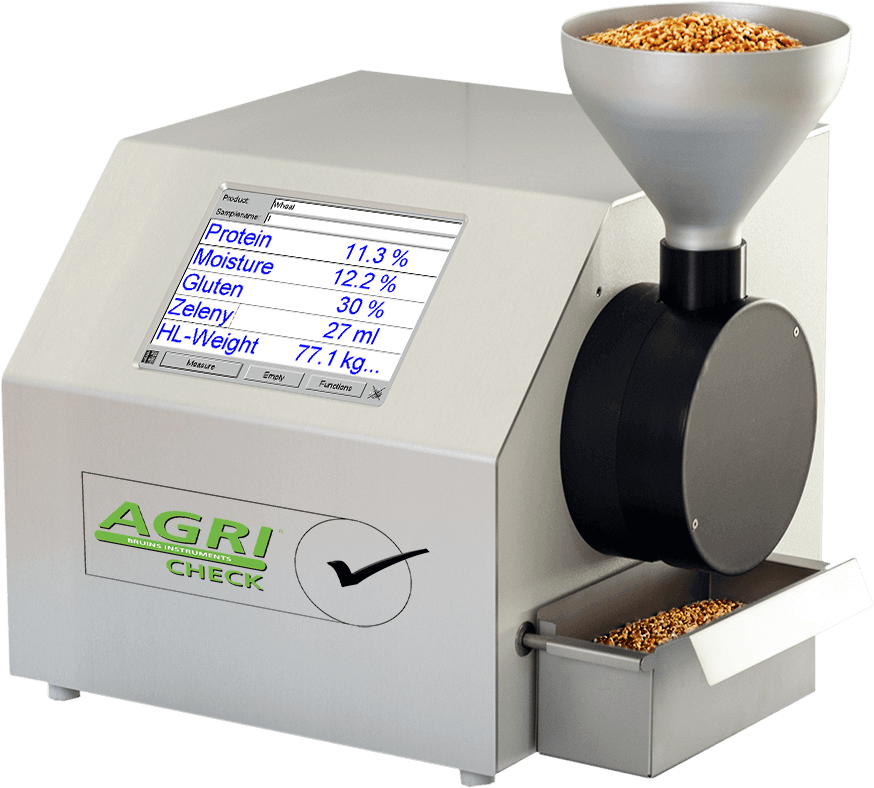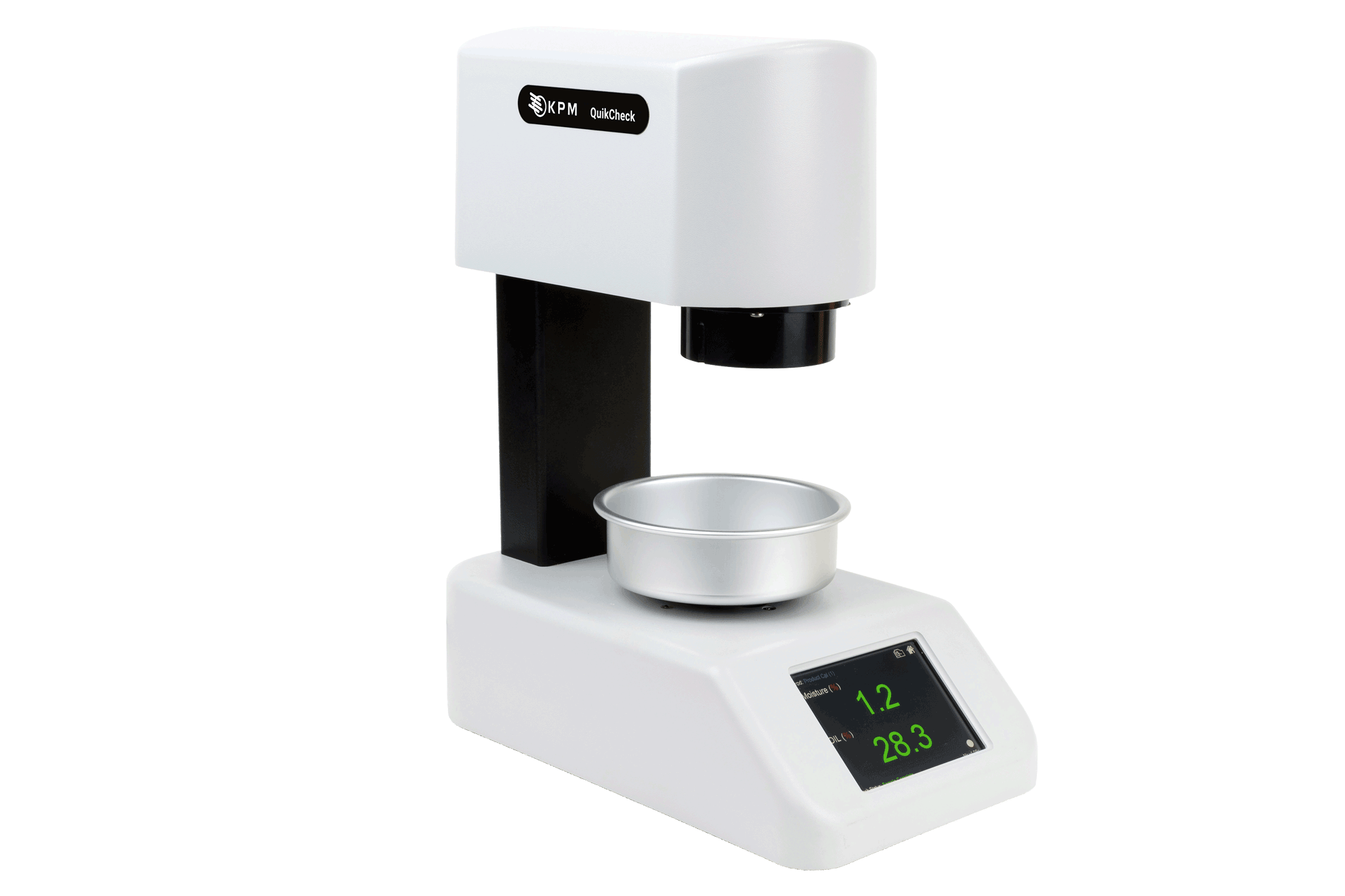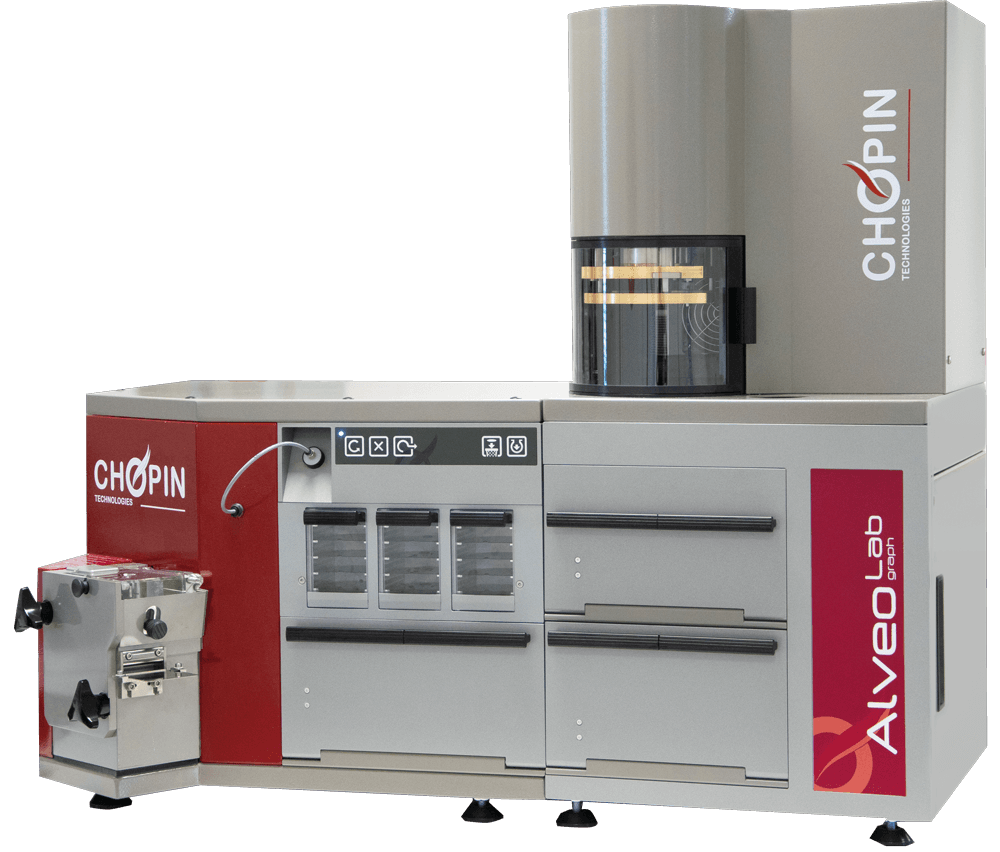Analysis of Baguettes & Bread Sticks
.jpg)
Quality Control Solutions for Baguettes and Bread Sticks
When it comes to evaluating the quality of Baguettes and bread sticks, there are several key parameters that are typically considered. Splits, for example, are a common feature of baguettes, and the presence of well-defined splits can indicate that the bread was properly proofed and baked. KPM offers solutions for every step in the process – from NIR analysis of the ingredients and evaluation of dough properties, to vision inspection of the baked product.

NIR Analysis of Recipe Ingredients
Near-infrared (NIR) technologies can be used by bakers either in the quality assurance lab or at-line to analyze a full spectrum of moisture and compositional characteristics of flours used to craft exceptional baguettes, bread sticks, and other artisanal long buns.
Ingredients Analyzed
Ingredients Analyzed
Flour
Specification compliance, quality control, cost control, recipe development, brand protection
Ash, gluten, moisture, starch, protein
Supplier's location, incoming ingredients, lab
Wheat flours, corn flour, spelt flour, buckwheat flour, rice flour, rye flour, gluten-free flours
Dry Yeast
Specification compliance, quality control, cost control, recipe development, brand protection
Moisture
Incoming ingredients, at-line, lab
All types
Fat/Oil
Specification compliance, quality control, cost control, recipe development, brand protection
Fat/oil
Supplier's location, incoming ingredients, lab, online
All types


Functional and Rheological Properties
Because the recipe is relatively simple, the quality of the finished product depends greatly on the characteristics of the flour and dough. KPM provides tools for measuring the primary functional and rheological criteria affecting the quality of baguettes and breadsticks.
Water Absorption
For baguettes, the required level of hydration is high (around 60%). The amount of water that any flour can absorb increases with high levels of protein, damaged starch (particle size) or pentosans. It is very simple to measure water absorption directly using the KPM solutions outlined below.
Stickiness
This often occurs when starch damage or pentosan levels are too high and the protein levels are too low. Sticky dough causes process machine problems when dividing and pressing tortillas. Measure starch with the SDmatic 2, and protein levels with the SpectraStar XT-F NIR Analyzer.
Dough Consistency
Dough consistency changes during mixing, reflecting the formation of the gluten network. For any given level of hydration, the consistency of the dough represents its firmness. This depends, on the quantity and quality of the proteins, the level of starch damage, and the pentosans. Mixing consistency may be measured during mixing or after rolling. It is also possible to individually measure the factors responsible for consistency: proteins, damaged starch, and pentosans.
Extensibility
Extensibility is directly measured using the Alveolab or AlveoPC. During the deformation of the ball, it stretches to where it reaches its breaking point, mainly influenced by the quality of the protein network. This corresponds to the "L" or "G" value on the Alveograph. Read more about extensibility here.
Elasticity
It takes a certain level of elasticity for the dough to be machinable. If the elasticity is too low, the dough won’t hold shape; if it is too high, the dough will tend to retract, which impacts the appearance of the finished product. Elasticity is measured directly and exclusively with the Alveolab or AlveoPC.
Volume
The volume of baguette is primarily influenced by the volume of CO2 produced by the yeast during fermentation. This volume is measured directly by the Rheo F4. The amount of CO2 produced depends on the intrinsic activity of the yeast and also the amount of simple sugars available. The latter is directly influenced by the activity of the amylases present in or added to the flour, which degrade a portion of the starch into simple sugars, usable by the yeast. Damaged starch, measured by the SDmatic 2, is more easily attacked by amylases. It therefore positively impacts the volume.
The volume is also dependent on the quality of the gluten network, measured with the Alveolab, AlveoPC, and the Mixolab. This determines the ability of the dough to develop during fermentation, and to retain the CO2 produced, measured with the Rheo F4.
Color
Baguettes are judged more or less appetizing by consumers according to their color. This parameter is essentially governed by the Maillard reaction, occurring during baking, which relates to the action of sugars on proteins. The more free sugars, the darker the crust will be. The color, as with the volume, is related to amylase enzyme activity and indirectly with the level of damaged starch (SDmatic 2).
Starch Properties
After baking, the starch will tend to partially recrystallize. This phenomenon is called retrogradation and explains why the products become hard (stale). The beginning of retrogradation is very easily measured with the Mixolab . Damaged starch has the effect of reducing the speed of retrogradation, it is measured with the SDmatic 2.

Vision Inspection Options for Baguettes & Bread Sticks
Vision system implementations allow manufactures to dramatically reduce the time required to perform scheduled QA checks and allows for important but previously ‘unmeasurable’ characteristics to be easily quantified and recorded (% of surface covered by splits, for example).
Product Types
- Baguette (full, demi, rolls)
- Bread Stick (frozen, fresh, raw)
- Artisan Breads (varied shapes/sizes, toppings, etc)

Defects Detection Capability
- Misshapen products
- Out of specification products (e.g. too small, too tall, etc.)
- Spots (light, dark, foreign material on product surface)
- Topping defects (e.g. too little seeds, etc.)
- Scoring defects

Additional Reading


























